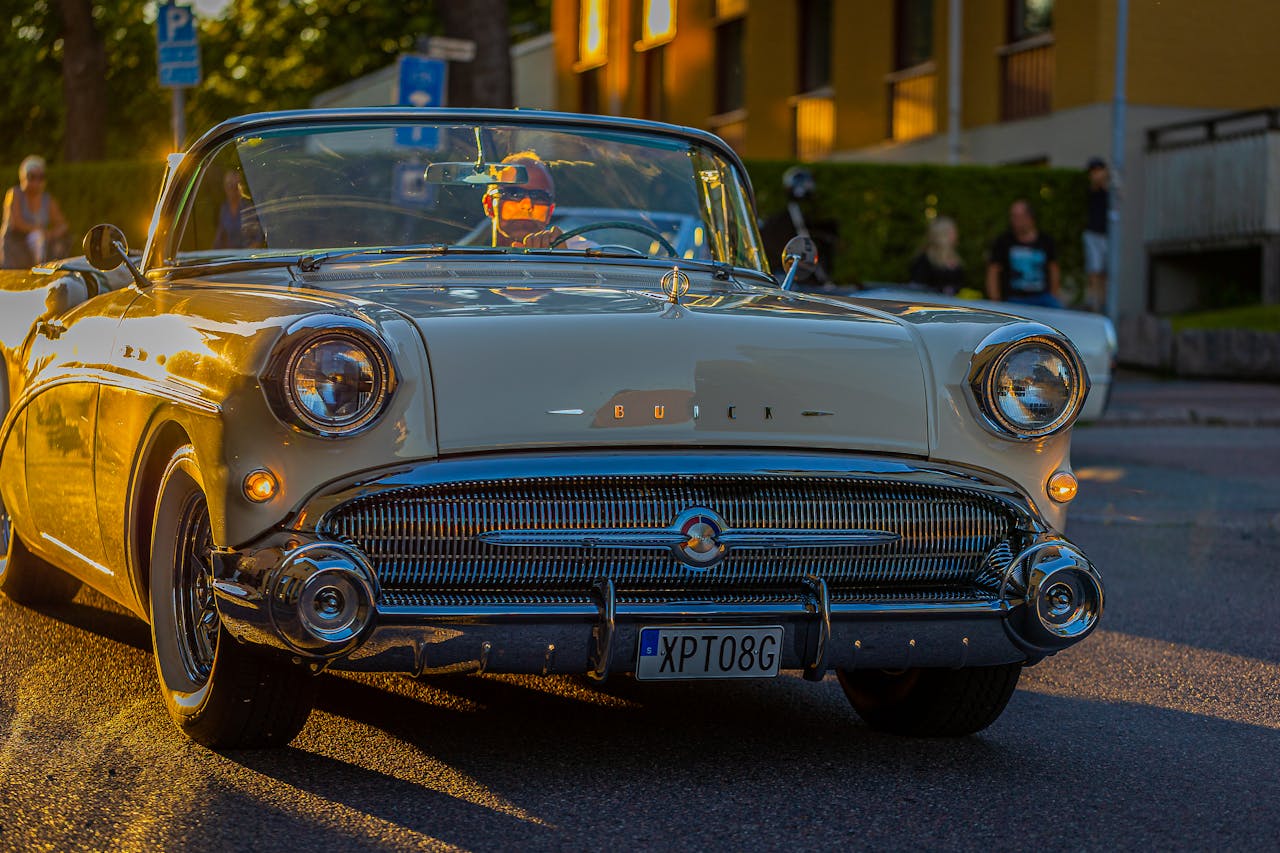
Some brands feel like old friends. They’ve been around for decades, and for many seniors, they’re a part of daily life. But walk into a room of younger people, and you’ll see blank stares if you mention some of these names. Why does this happen? Brand loyalty often comes from habit, nostalgia, or trust built over the years. But younger generations have different needs, values, and shopping habits. They want convenience, new technology, and sometimes just something different from what their parents or grandparents used. This list looks at eight brands that seniors love, but younger people often ignore. If you’re curious about why these brands matter—and why they’re fading with younger shoppers—read on.
1. Sears
Sears was once the go-to store for everything. Appliances, tools, clothes—you could get it all in one place. Seniors remember flipping through the Sears catalog or visiting the store for big purchases. But for younger generations, Sears feels outdated. Most stores have closed, and the brand doesn’t have a strong online presence. Younger shoppers prefer Amazon or Target for convenience and better prices. If you’re still loyal to Sears, you might find some deals, but the selection is shrinking fast.
2. JCPenney
JCPenney is another department store that seniors trust. It’s familiar, and the sales are easy to spot. Many older shoppers like the in-store experience and the feeling of getting a bargain. But younger people rarely shop at JCPenney. They want brands that feel modern and offer online shopping with fast shipping. JCPenney’s style and marketing haven’t kept up. If you’re looking for basics, you might still find them here, but don’t expect the crowds you saw years ago.
3. AARP
AARP is a powerhouse for seniors. It offers discounts, insurance, and resources for people over 50. Many seniors swear by their AARP membership for travel deals and health tips. But younger generations don’t see the value. They’re not old enough to join, and even when they are, they often look for deals elsewhere. AARP’s print magazines and mailers feel old-fashioned to people who get their information online. Still, for seniors, AARP is a trusted name that’s hard to beat.
4. Metamucil
Metamucil is a fiber supplement that’s been around forever. Seniors use it for digestive health and regularity. It’s a simple solution that works. But younger people are more likely to look for probiotics, kombucha, or trendy wellness products. They want something that fits their lifestyle and tastes better. Metamucil’s orange powder and old-school branding don’t appeal to them. If you need fiber, it works, but don’t expect it to show up in a TikTok video anytime soon.
5. Buick
Buick cars have a reputation for comfort and reliability. Many seniors love their Buicks because they’re easy to drive and last a long time. But younger drivers want something sportier or more tech-savvy. They look for electric cars, hybrids, or brands with a cool factor. Buick has tried to update its image, but the “grandparent car” label is hard to shake. If you want a smooth ride, Buick delivers, but it’s not the first choice for most young buyers.
6. Landline Phones (AT&T Home Phones)
Many seniors still have a landline phone at home. It’s reliable, simple, and doesn’t need charging. AT&T home phones are a staple in many older households. But younger people rely on smartphones for everything. They don’t want to pay for a separate phone line or remember another number. Landlines are fading fast, and most young adults have never even used one. If you like the security of a landline, keep it, but know that it’s becoming rare.
7. Reader’s Digest
Reader’s Digest has been a favorite for decades. Seniors love the short stories, jokes, and practical tips. It’s easy to read and feels familiar. But younger generations get their content online, often for free. They want videos, podcasts, and interactive media. Print magazines like Reader’s Digest struggle to attract new readers. If you enjoy flipping through the pages, you’re not alone—but you’re part of a shrinking group.
8. The Clapper
Remember “Clap on, clap off”? The Clapper was a hit for seniors who wanted simple home automation. It’s easy to use and doesn’t need a smartphone. But younger people use smart plugs, voice assistants, and apps to control their homes. The Clapper feels like a relic compared to Alexa or Google Home. If you want basic control, it still works, but it’s not keeping up with new technology.
Why Brand Loyalty Changes with Each Generation
Brand loyalty is powerful, but it doesn’t last forever. Seniors stick with brands that have served them well. They value trust, reliability, and routine. Younger generations want innovation, speed, and a sense of connection. They shop online, read reviews, and try new things. Brands that don’t adapt get left behind. If you love a brand on this list, that’s great. But don’t be surprised if your kids or grandkids have never heard of it. The way we shop and what we value keeps changing.
What brands do you still use that your kids or grandkids avoid? Share your thoughts in the comments below.
Read More
Unnecessary Purchases That Hinder Savings
The post 8 Brands Seniors Swear By—But Younger Generations Won’t Touch appeared first on Budget and the Bees.







